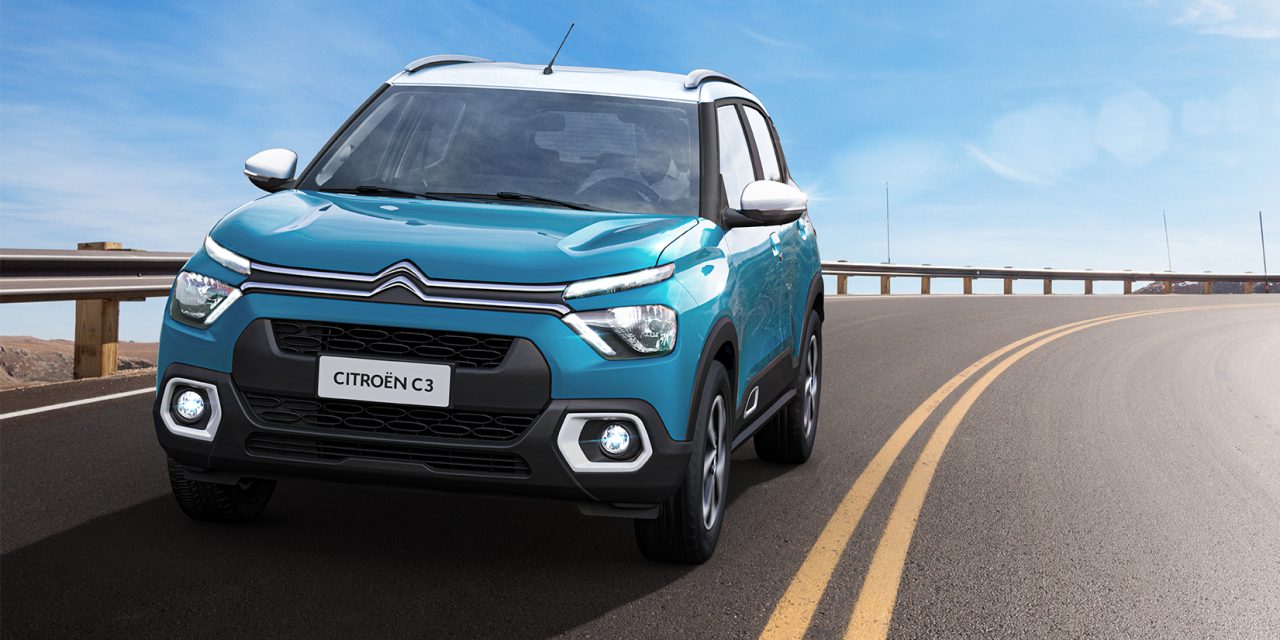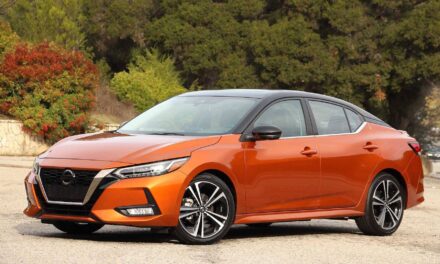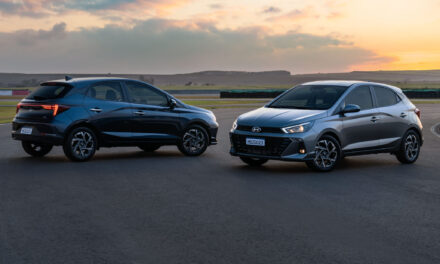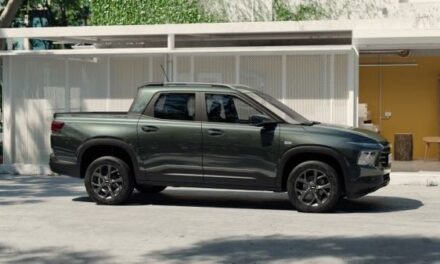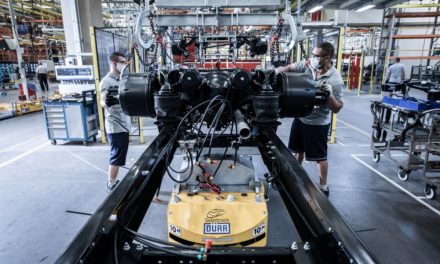The recent launch of the Citroën C3 takes to two important considerations about the evolution of the national automotive industry and the Brazilian vehicle market:
1) The so-called popular car has evolved and has more safety and comfort features, essentially due to legislation and higher customer demands – which also takes to the adoption of SUV style in many new launches.
2) Despite all evolution, in Brazil the popular models are still poorly finished and too expensive considering what they offer and the population’s average income. This distortion creates the world’s worst, most expensive cars.
To launch the cheaper compact B hatch n the Brazilian market, in five versions from R$ 69 thousand to R$ 94 thousand, Citroën was clearly inspired by the European version of the C3, but resorted to a stripped-down project in India and Brazil, some steps down regarding finishing and equipment.
All this to offer a car adapted to emergent countries – a euphemism for underdeveloped markets with underdeveloped consumers who have no resources to pay for high aggregated value products, such as cars.
With this strategy to gain customers, Citroën kept its visual identity but gave up the image constructed over more than two decades in the Brazilian market as a global project car manufacturer, with elaborated finishing and visually-perceived quality.
Limited evolution
It is not exactly a return to the recent past, when almost 100% of the vehicles produced in Brazil showed a great quality abyss compared to similar models made in the original countries of the manufacturers established here. But the fact is that national projects are still poorer.
In the specific case of the emergent C3, a visit to Citroën’s French website is enough to find many similarities and differences from the European C3, the brand’s second cheapest combustion car, costing from € 16 thousand to € 25.1 thousand.
Many design details are very similar, the interior is perceivably better finished, and there is more standard equipment than in the Hindu-Brazilian model.
Interestingly, the sister-brand Peugeot did something similar in Brazil in 2008, when it launched here the 207 hatch built on the 206 platform, which was inferior and different from the European car. At the time, the strategy did not succeed and the brand’s sales declined.
It is a fact that today popular cars in Brazil are better designed and equipped, and the basic versions carry equipment that ten years ago were expensive optional items, such as air-conditioning, electric-assisted steering, electric windows, locks and rear mirrors, as well as frontal airbags and electronic stability control.
The new C3 has all this due to the evolution of the safety legislation and, in the case of comfort systems, the evolution of consumers’ demand, who does not accept paying so high for stripped-down cars.
The automatic transmission, which wasn’t even an option for the Brazilian market’s cheaper cars, is already present in the more expensive version of the new C3. The car’s highest technological item, which disguises the dashboard’s rustic finishing, is the 10-inch wide horizontal multimedia screen, but it is present only from the second version up, costing R$ 75 thousand, R$ 6 thousand over the entry option.
Despite all the evolution of popular cars in the Brazilian market, there is no free lunch, and the new C3 compensates what it has with what it doesn’t have, starting with the rough interior finishing, with plenty of hard plastics. The instrument panel is digital but monochromatic – it looks like a calculator – and does not even have a tachometer, in no version.
To be cheaper than the rivals, the C3’s entry version does not have a multimedia system with a 10-inch touchscreen, a remote control key, or a simple rear window wiper and defogger. And no option of the car has side airbags, as many models from the same segment already offer. Prosaic rubber mats and sump guard are optional items even for the most expensive top-of-line version.
It is an equation difficult to close: at the same time, the legislation and a more demanding consumer promote important evolutions in national vehicles, and the persistent high tax burden and the manufacturers’ profit need compete against evolution, cutting costs and impoverishing projects to maintain the margins of the two major partners of Brazil’s high car prices: manufacturers and government.
Photograph: Citroën
- Alta nas vendas desafia juro alto, por enquanto - 7 de abril de 2025
- Tesla vive inferno astral de Musk - 25 de março de 2025
- BYD captura crescimento do mercado - 10 de março de 2025

